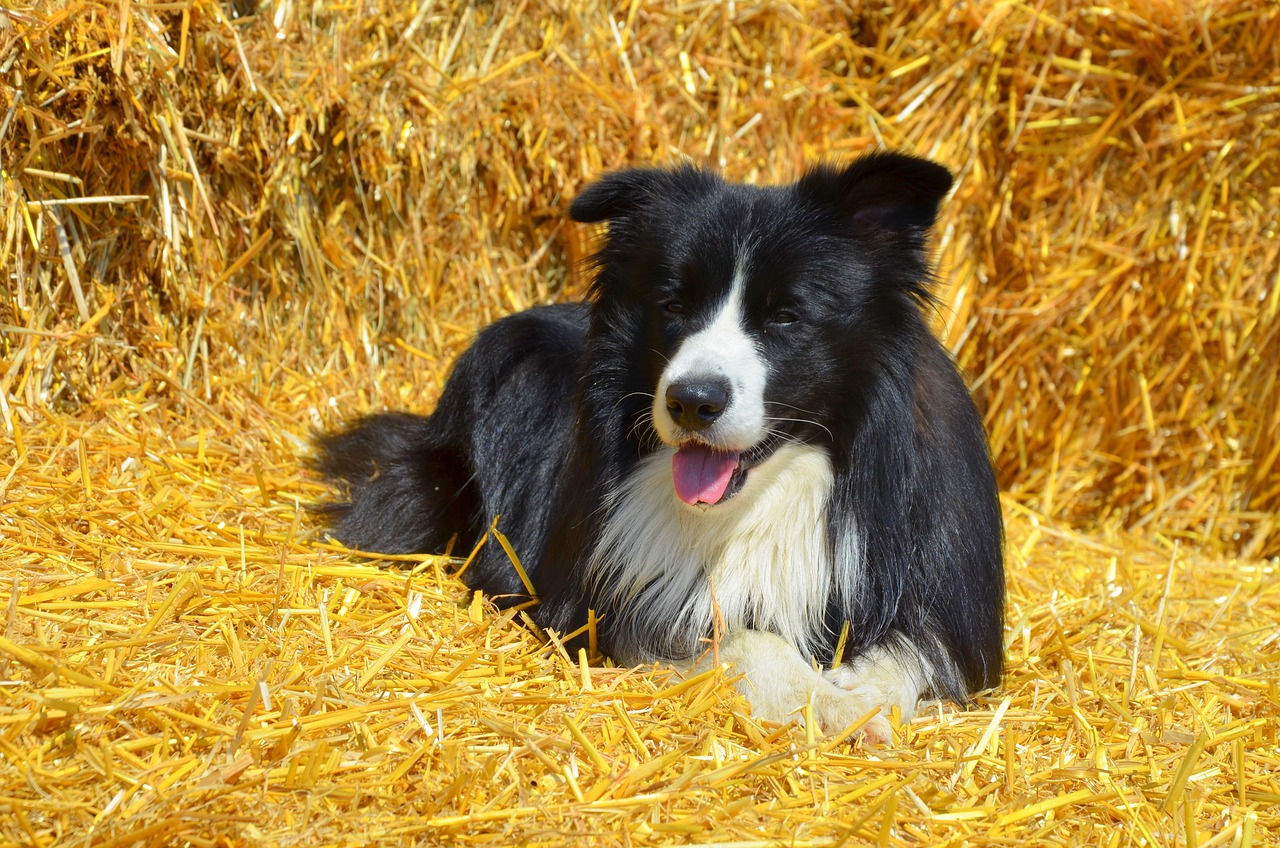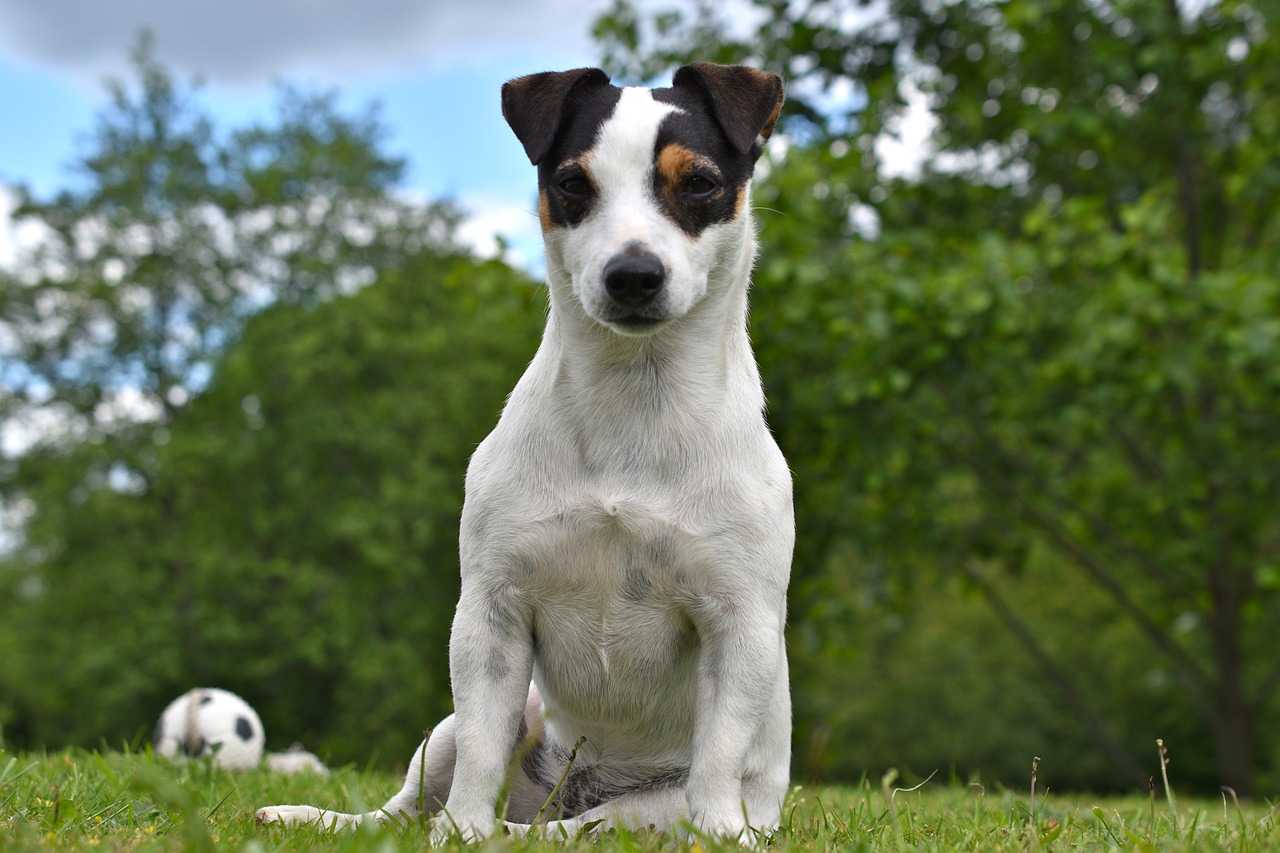[ad_1]
The concept of prey drive refers to a dog’s instinctual inclination to pursue, capture, and sometimes kill smaller animals. This behavioral trait is deeply ingrained in the canine genome, a legacy of their ancestors’ wild origins where hunting was a necessity for survival. While domestication and selective breeding have tempered this instinct in many dog breeds, it remains pronounced in others, often those bred specifically for hunting, herding, or working roles. These breeds display a remarkable focus, energy, and determination when their prey drive is triggered, making them unparalleled in activities that channel these instincts constructively, such as lure coursing, herding, and various dog sports. However, managing a high prey drive requires understanding, training, and sometimes patience, as it can pose challenges in domestic settings, especially around smaller animals. This article explores seven dog breeds known for their high prey drive, delving into the origins and characteristics that make them stand out in this aspect.
1. Greyhound
Greyhounds are the quintessential sprinters of the canine world, renowned for their exceptional speed and agility. This breed’s high prey drive is a product of centuries of selective breeding for coursing game, particularly hares and rabbits, in open fields. With their slender, aerodynamic bodies and powerful legs, Greyhounds can reach impressive speeds, making them virtually unmatched in pursuit. Their keen eyesight complements this physical prowess, allowing them to spot and chase down moving objects with remarkable efficiency. While they are gentle and affectionate companions, their prey drive can surface unexpectedly, particularly when they encounter small animals that trigger their chase instinct. This combination of speed, sight, and instinct makes the Greyhound a prime example of a breed with a high prey drive, requiring an environment and lifestyle that can accommodate or channel this innate tendency constructively.

2. Border Collie
Border Collies are celebrated for their intelligence, agility, and herding abilities, traits that are closely linked to their high prey drive. Originally bred on the borderlands between Scotland and England for herding livestock, particularly sheep, they exhibit an intense focus and energy that is a direct manifestation of their prey drive. Unlike breeds that chase with the intent to capture or kill, Border Collies utilize a modified version of the predatory sequence, stalking and herding their “prey” without causing harm. This controlled aspect of their prey drive is what makes them exceptional herding dogs, able to manage and move flocks with precision. However, this same drive can lead them to herd other animals or even children if not properly directed. Their high prey drive, coupled with their need for mental and physical stimulation, makes them ideal for active households where they can engage in activities that channel their herding instincts.

3. Siberian Husky
The Siberian Husky, with its striking appearance and wolf-like features, is another breed with a pronounced prey drive. Bred by the Chukchi people of Siberia for pulling sleds over long distances, Huskies also needed to be able to fend for themselves, including hunting for food in harsh Arctic conditions. This background has endowed the Husky with a strong prey drive, particularly towards small animals that resemble traditional prey. While Huskies are friendly and sociable with humans, their prey drive can make them unreliable off-leash and around smaller pets. The combination of endurance, intelligence, and independence derived from their sledding and hunting heritage makes managing their prey drive a challenge, requiring consistent training and ample exercise to prevent the pursuit behavior from becoming problematic.

4. Jack Russell Terrier
The Jack Russell Terrier is a small but fearless breed with a prey drive that belies its size. Originally bred for fox hunting in England, these terriers are known for their tenacity, energy, and determination to dig and chase their quarry. Their compact size allowed them to enter and navigate the underground burrows of foxes and other small game. Today, this high prey drive manifests in a love for chase games and an eagerness to investigate and pursue small animals. Despite their charming and lively personality, Jack Russells require careful supervision and training to manage their strong hunting instincts, especially in environments with other small pets. Their relentless energy and drive make them suitable for active owners who can provide them with plenty of physical and mental stimulation.

5. Airedale Terrier
The Airedale Terrier, known as the “King of Terriers,” boasts a significant prey drive, a vestige of its breeding for hunting otters and other game along the rivers of the Aire Valley in England. As the largest of the terrier breeds, Airedales possess a unique combination of strength, intelligence, and agility, making them formidable hunters. Their prey drive is complemented by a curious and adventurous spirit, driving them to chase and explore. While they are versatile dogs, adept at various tasks beyond hunting, their prey drive requires channeling into positive activities like sports, training, or work that engages their body and mind. Airedales are well-suited to owners who appreciate their independent nature and are prepared to provide the guidance and stimulation they need to thrive.

6. Belgian Malinois
The Belgian Malinois is a breed esteemed for its work ethic, intelligence, and high prey drive. Originally bred for herding, their prey drive has been honed and redirected through training to excel in a variety of roles, including police work, search and rescue, and military operations. This adaptability stems from their intense desire to chase and capture, which, when properly managed, makes them unparalleled working dogs. However, their prey drive also means they require consistent, structured training and plenty of physical and mental exercise to prevent inappropriate chasing behaviors. The Malinois’s prey drive, combined with their loyalty and protective instincts, makes them best suited for experienced handlers who can provide the discipline and activity level they require.

7. Weimaraner
The Weimaraner, with its striking gray coat and captivating eyes, was bred in Germany for hunting large game such as deer, bear, and boar. This heritage has imbued them with a strong prey drive, making them relentless in pursuit of game. In modern settings, this drive manifests in a keen interest in chasing balls, frisbees, and, if not properly trained, any small animals that might cross their path. Weimaraners are highly energetic and intelligent dogs that thrive on being part of all family activities, requiring ample exercise and engagement to keep their hunting instincts in check. Their combination of elegance, power, and drive makes them a fascinating breed for those willing to invest the time and energy into harnessing their potential.

The breeds discussed here exemplify the spectrum of prey drive across the canine world, from the swift Greyhound to the tenacious Jack Russell Terrier. While a high prey drive can present challenges, with the right training and environment, it can also be a source of joy and fulfillment for both dog and owner. These breeds remind us of the diverse roles dogs have played alongside humans throughout history, and the importance of understanding and respecting their innate instincts. Engaging with these instincts constructively allows us to appreciate the depth and complexity of our canine companions, fostering a deeper bond and mutual respect.
[ad_2]
Source link
